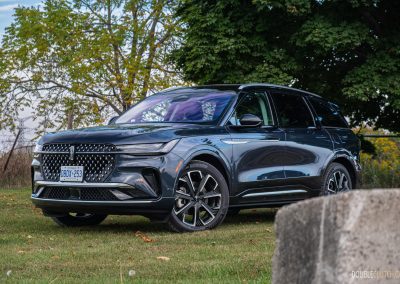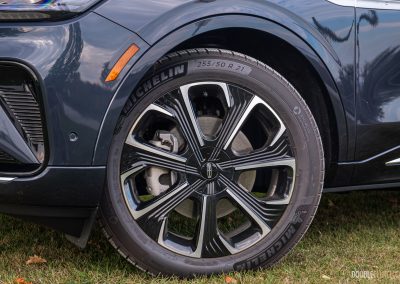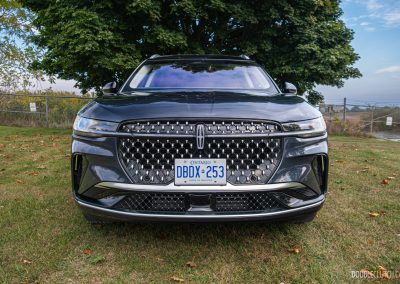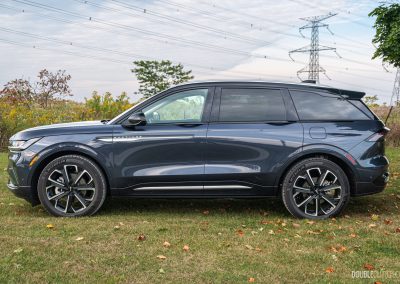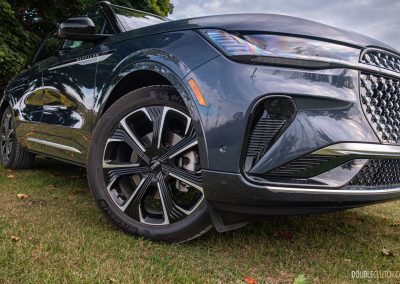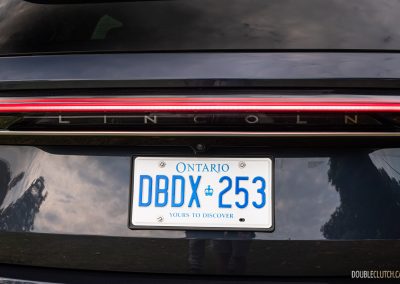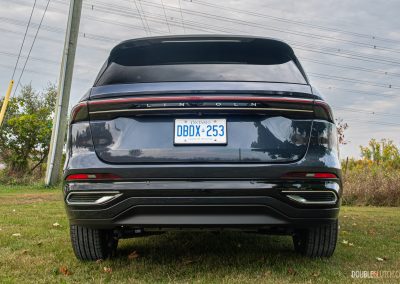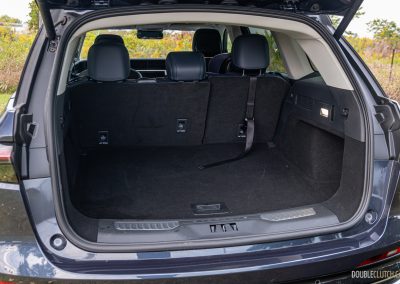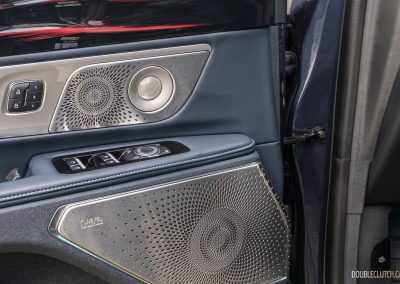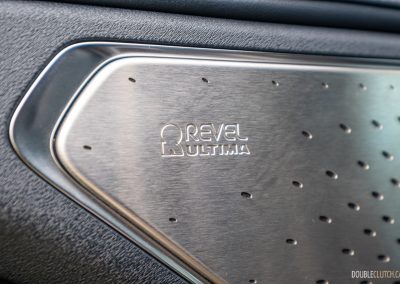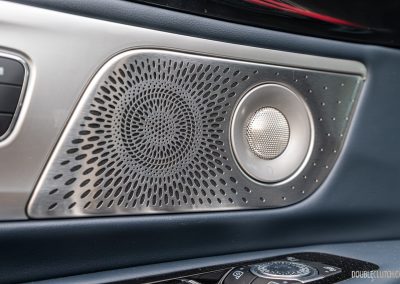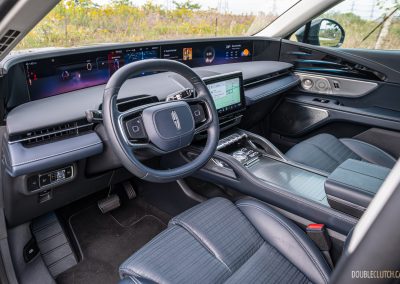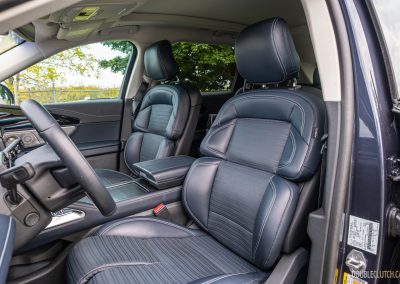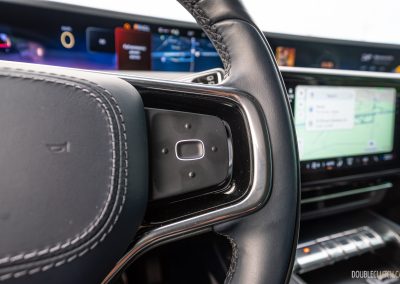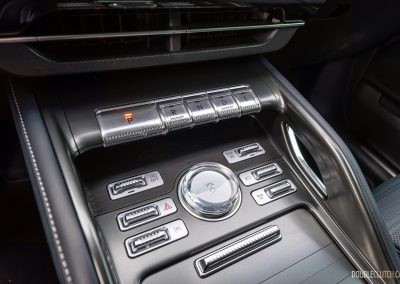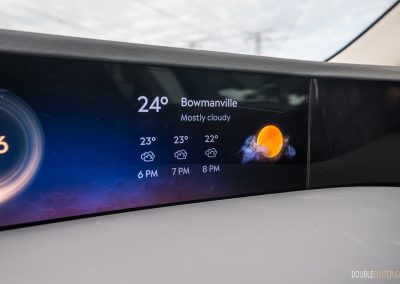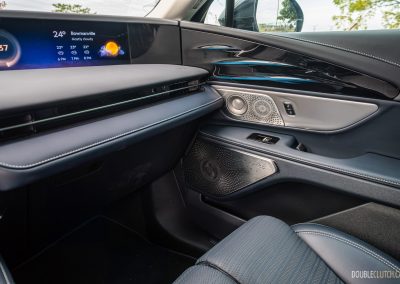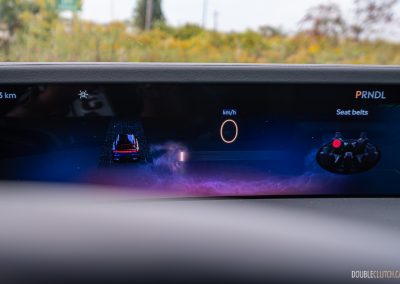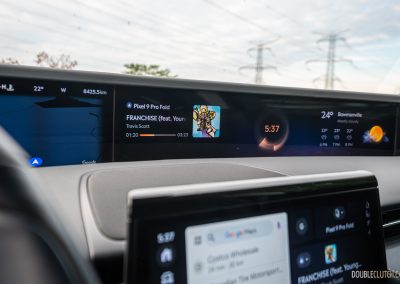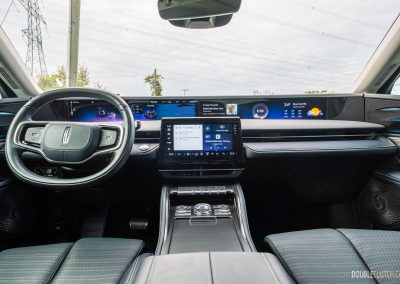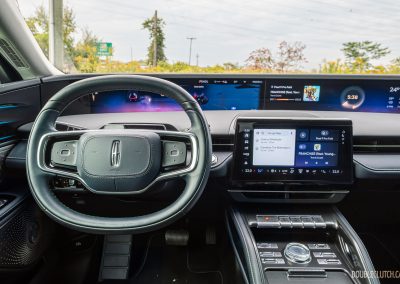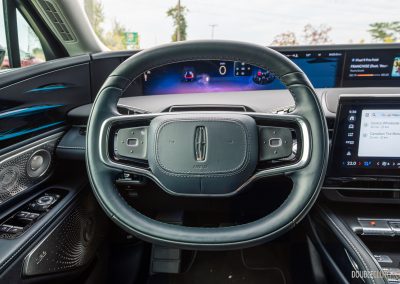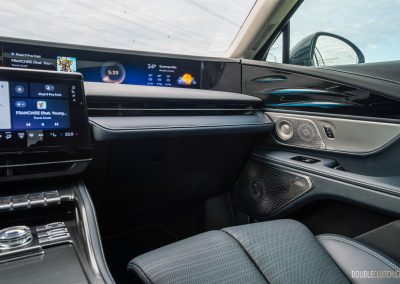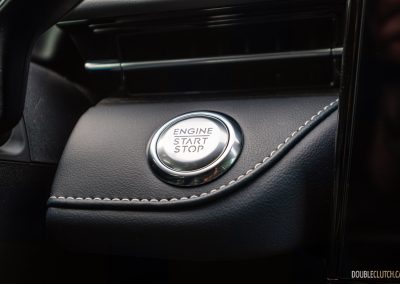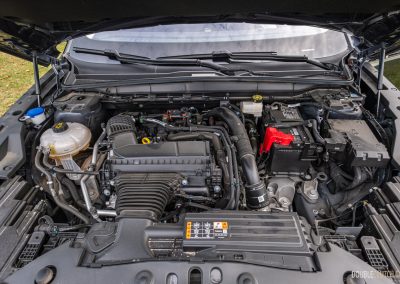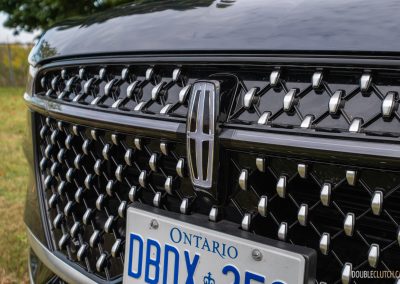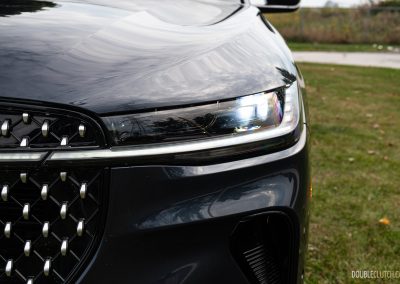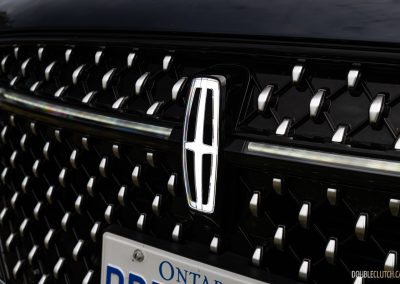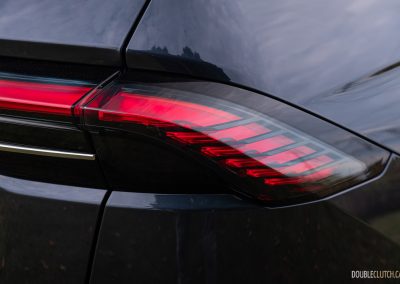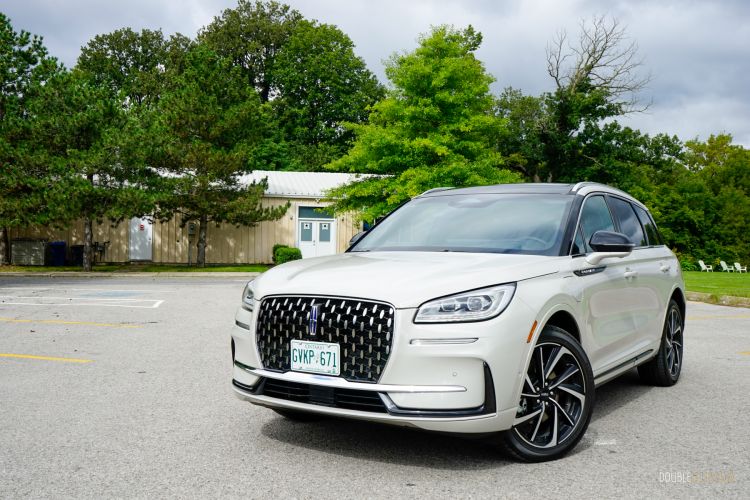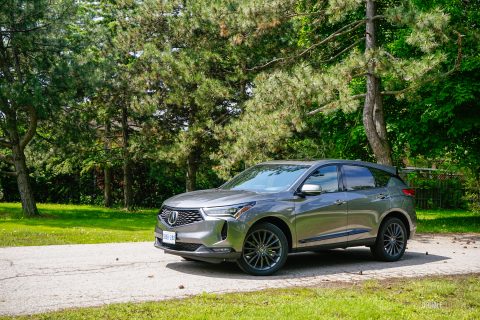What comes to mind when you think of Lincoln? For me it’s airport limos. I don’t mean that in a bad way, but I don’t know a single person in my circle that owns a Lincoln. It’s a pity because they make pretty good vehicles. I was pleasantly surprised by the Corsair last year and thoroughly enjoyed its serene experience, so my expectations were high with this 2024 Lincoln Nautilus Reserve. It’s somehow not quite as put-together as its little brother, but there’s still a lot to like.
The Nautilus first hit the market in 2018 as a replacement for the MKX, which itself had been around for over a decade prior. It was based on and built alongside the Ford Edge in Ontario, but this second-generation model—third, if you count the MKX—is now built in Hangzhou, China. Some have lamented that change, but initial quality doesn’t seem to have suffered at all.
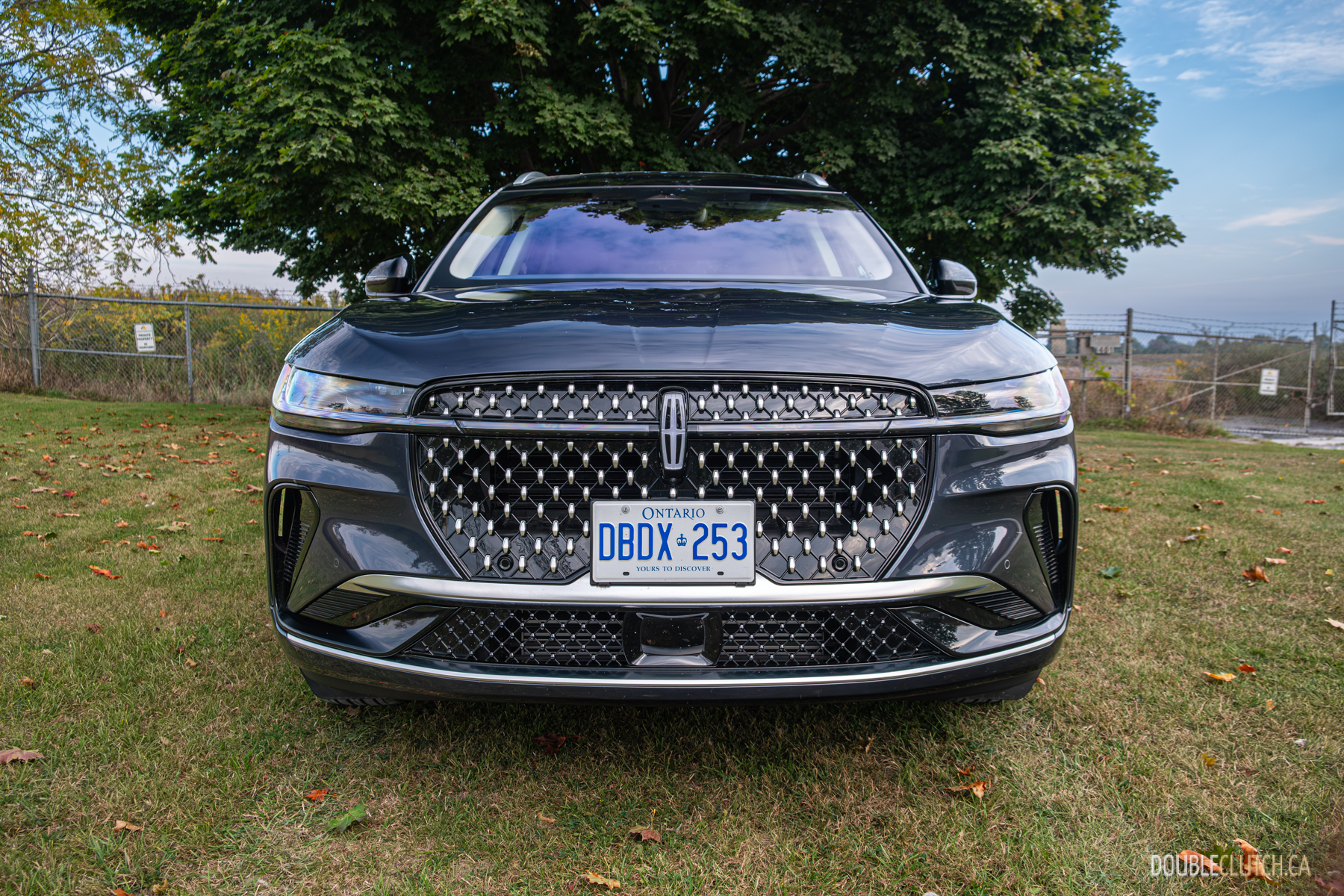
The redesigned Nautilus makes a good first impression. Style-wise, it’s a serious makeover and brings it in-line with the rest of Lincoln’s lineup. It’s a marked improvement over the outgoing Nautilus and vastly better-looking than the MKX that preceded it. The new Nautilus looks contemporary and clean, eschewing any real styling gimmicks in favour of a look that will likely stand the test of time. The front end is dominated by a large grille with chrome accents and a lightbar, wich meets up with a backlit Lincoln logo right in the middle. The headlights are mostly nondescript but classy nonetheless, and the blacked-out housing lends a bit of athleticism. A silver accent that runs partway through the front fender and doors with the Nautilus insignia is a nice touch, and breaks up the slab-sided design.
You’ll likely notice the unique door handles protruding from the bottom of the window frames. I’m a little mixed on these. It’s a neat-looking design cue inspired by the Continental, but they’re rather bulky. In some ways, it cleans up the side profile because the handle is semi-hidden into the black window trim, but because they’re so bulky, it’s hard to miss them. I’ll score it a neutral. Lincoln does also maintain the keypad on the black window pillars, which is where the touch-enabled lock button is as well.
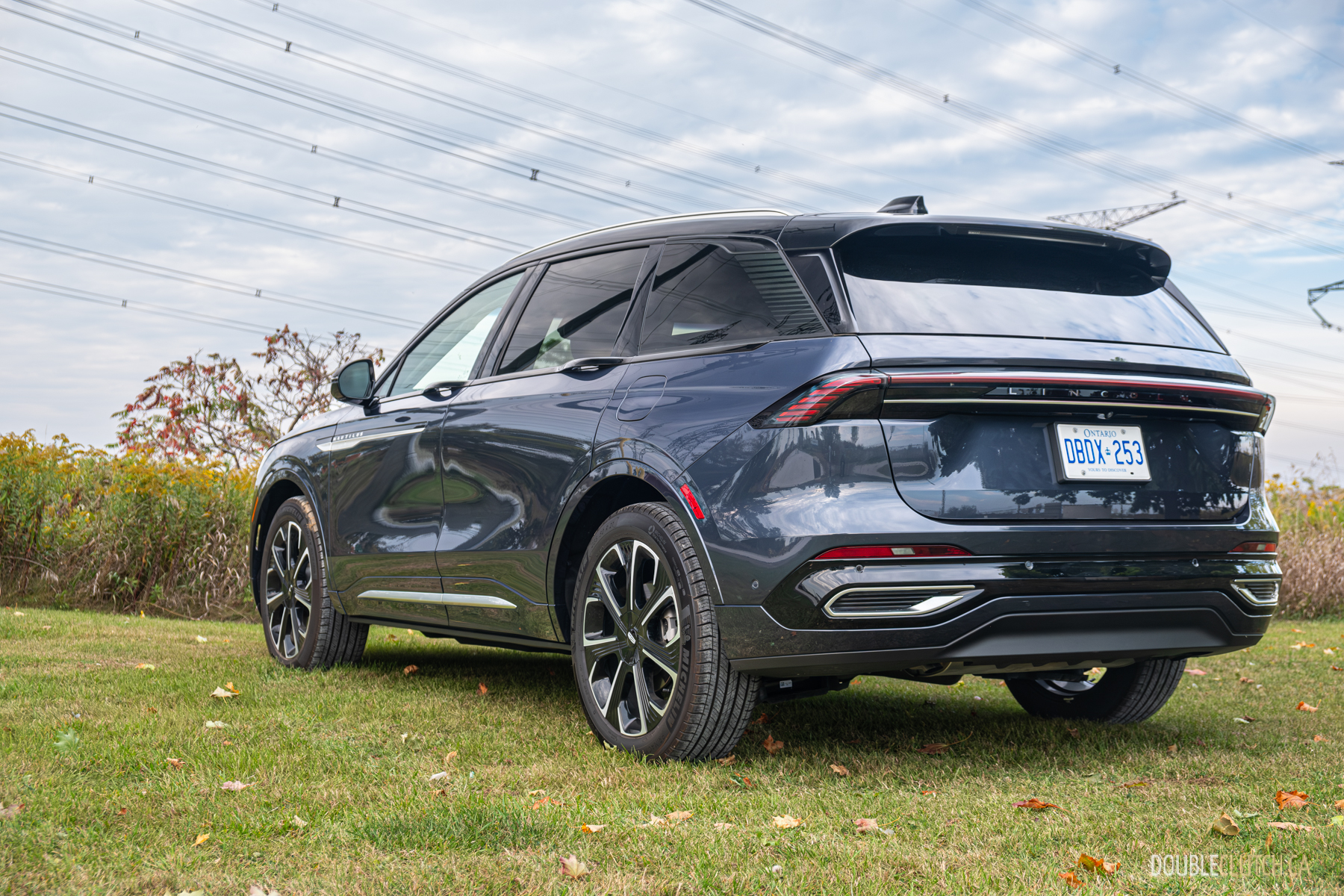
Around back, you have the ubiquitous lightbar spanning across the tailgate, connecting the tail lights on either end. I generally lament this styling cue only because everybody is doing it, but Lincoln has integrated it well to where it doesn’t feel like an afterthought. Attractive 21-inch wheels on this Reserve trim were finished in (mostly) black, but are available in a brighter (and nicer) silver. You can also black-out the grille and other accents if you like, but I urge you to resist checking off the Jet Black package because, no, you shouldn’t “murder out” a Lincoln. Stay classy, folks.
Things get substantially more interesting inside. A dark blue leather envelops the very spacious interior, with bright chrome accents throughout. Lincoln does comfy seats very well, and every seating position has an airy feel to it while reminding you of your old sofa. Speaking of comfort, the massage seats have a good amount of strength to them and we used them every chance we got, no matter how long the drive. There’s some ambient lighting in the cabin in the form of some odd-looking slashes—think a raptor claw leaving three slash marks on a wall. I find it out-of-place in a Lincoln, but hey, at least they tried something different. The overall cabin is a fine place to be with lots of space and no creaks or squeaks to speak of. Cheap-feeling plastic is virtually non-existent at the touchpoints you’d regularly interact with, save for the back of the steering wheel. Yes, it’s a pet peeve of mine.
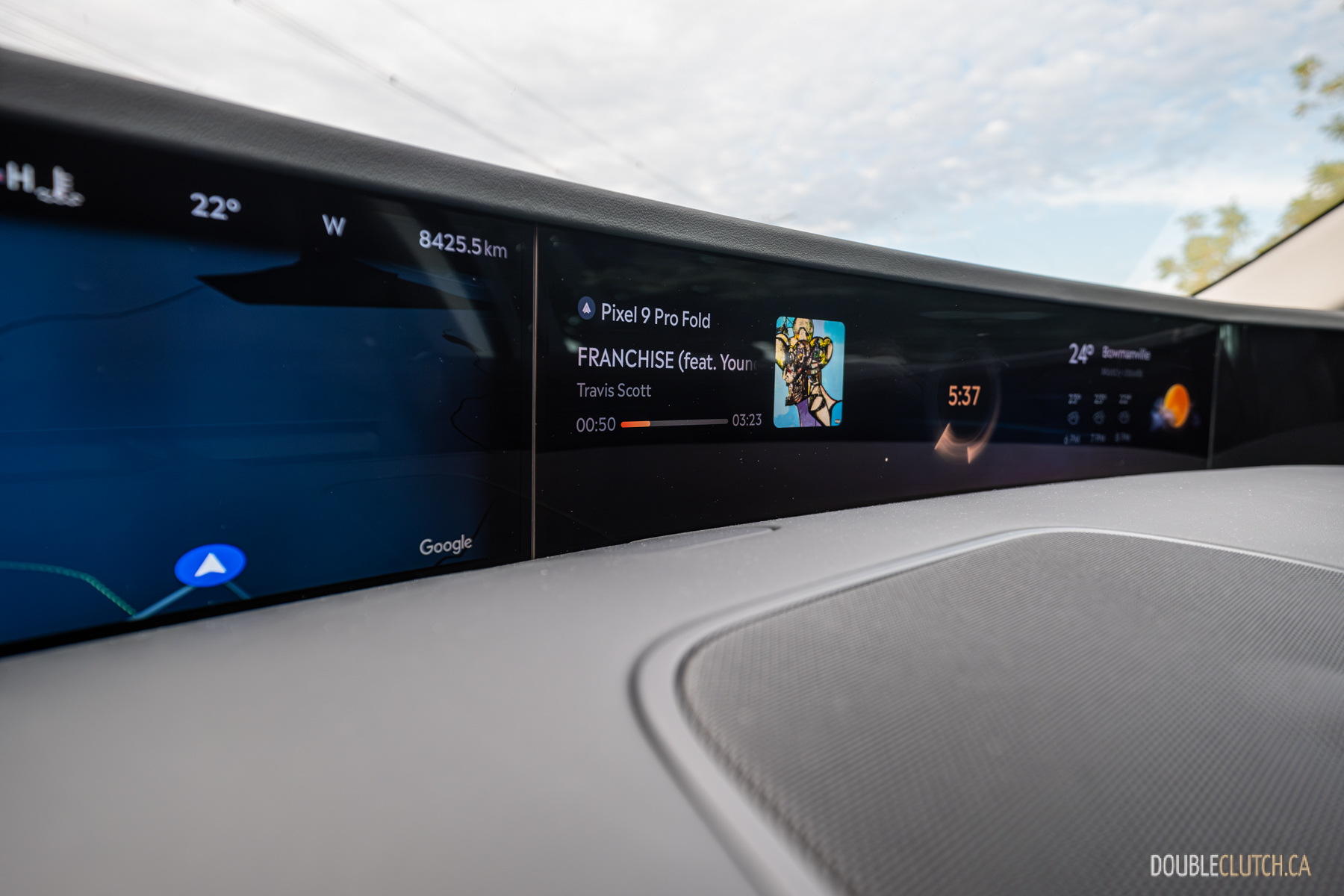
Let’s get to the party trick: the 48-inch display that runs atop the dashboard from one end to the other. It’s positioned perfectly within your line of sight without being an eyesore, and provides just enough information to be useful. There’s even a “squircle” steering wheel to ensure visibility of the screen isn’t compromised, despite my personal loathing for squircle wheels. The 48-inch screen was configured with the gauges on the left, followed by navigation audio details in the middle, and the weather forecast on the far right. It’s nice that nothing ever gets overwritten and all that information is always available to you. Naturally, there’s no heads-up display as the screen takes its place, and a second screen in the centre console handles climate controls and other functions. There’s some customization in the form of widgets, but it’s pretty limited overall. I’d love to see more, but realistically, it’s fine as-is.
I do have a few more nit-picks with the Nautilus’ interior. I still absolutely hate Lincoln’s button shifter and wish they’d just pull the rotary dial out of the Ford parts bin. The Revel audio system is solid, but for some reason, it just didn’t blow me away the way it did in the Corsair. The Reserve trim get the 19-speaker Revel Ultima system; it’s actually very good, but not quite as magical as the Corsair’s sound system.
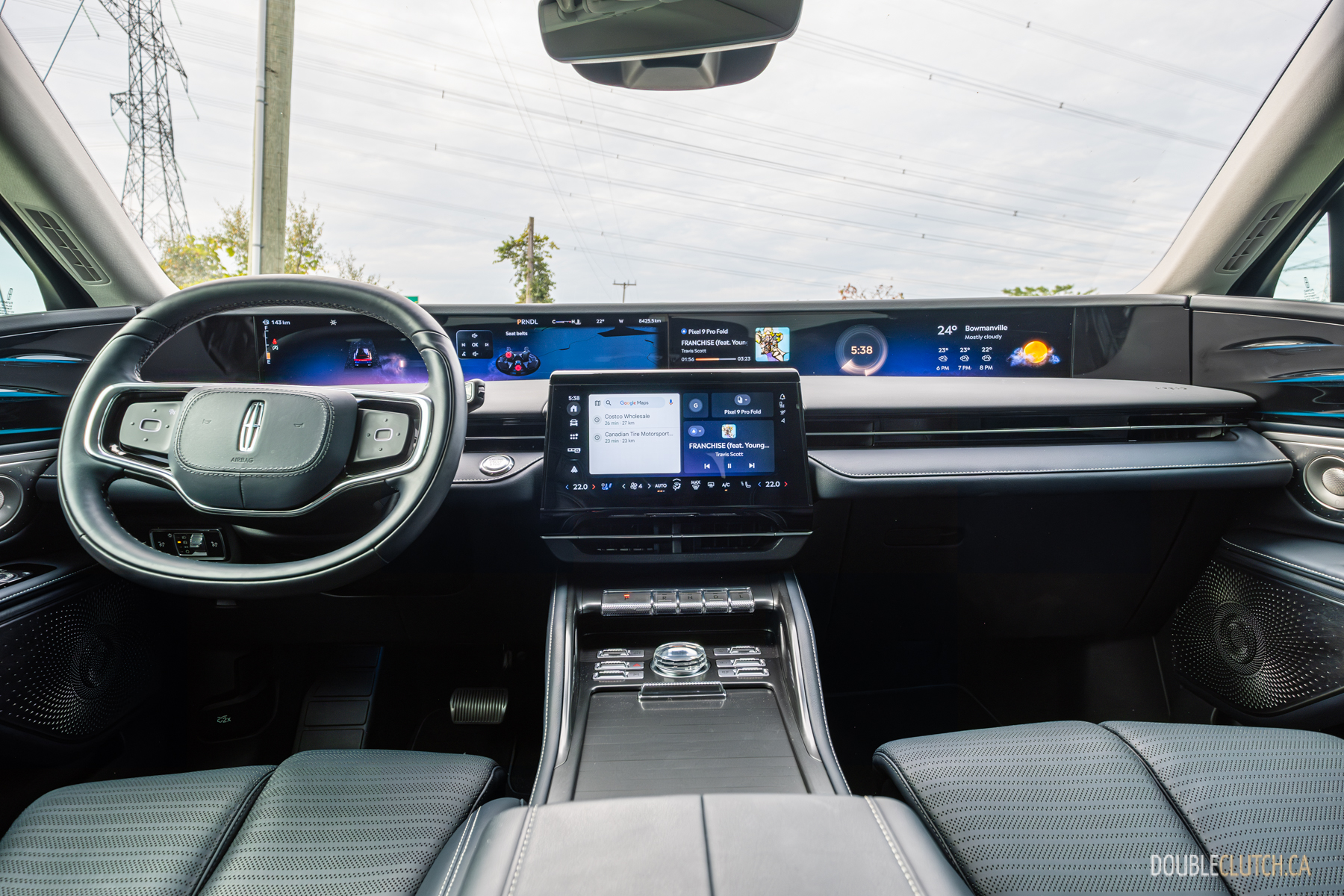
One piece of tech that works very well is Ford’s Blue Cruise system, which allows for full hands-free driving on most highways. It works very well, operating smoothly and without abrupt braking that is often found in other systems. Even the warning chimes aren’t annoying, and the way it lets you know it’s enabled—by having the entire gauge cluster background go blue—is clever. I think it’s among the best intelligent cruise control systems available today, and it’s one that I used judiciously during my time with the Nautilus.
The Nautilus is powered by a 2.0 litre turbocharged four-cylinder engine, putting out a just-fine 250 horsepower and 280 lb-ft of torque. There’s all-wheel-drive to help in poor weather conditions, and the eight-speed automatic transmission works well enough that you don’t think about it. There’s a hybrid powertrain available for an extra $3,500, and I think I’d spring for it to make the Nautilus feel a bit more alive. As it stands, the turbo-four on its own is passable, but certainly not a strength.

Another passable point is the ride. Whereas last year’s Corsair I drove struck a perfect balance of comfort, the Nautilus errs on the side of being too cushy, softly wafting over bumps but doing a rather poor job of controlling secondary motions. In its Normal drive mode, the ride was so boaty that it triggered my motion sickness. Not great. The Excite setting tightens things up to better control secondary motions, but then the ride gets a little choppy in the process. Lincoln knows how to get this right—they did in the Corsair—and I’m sure a future iteration of the Nautilus will find its way.
The 2024 Lincoln Nautilus Reserve is a good product. Frankly, I’m surprised I don’t see more of them on the road, outside of airport limos, of course. But that’s the thing: all the strengths that make the Nautilus a hot commodity for this purpose—the space, comfort, big screen, and fuel economy—are exactly why you ought to have a look at one, too.


